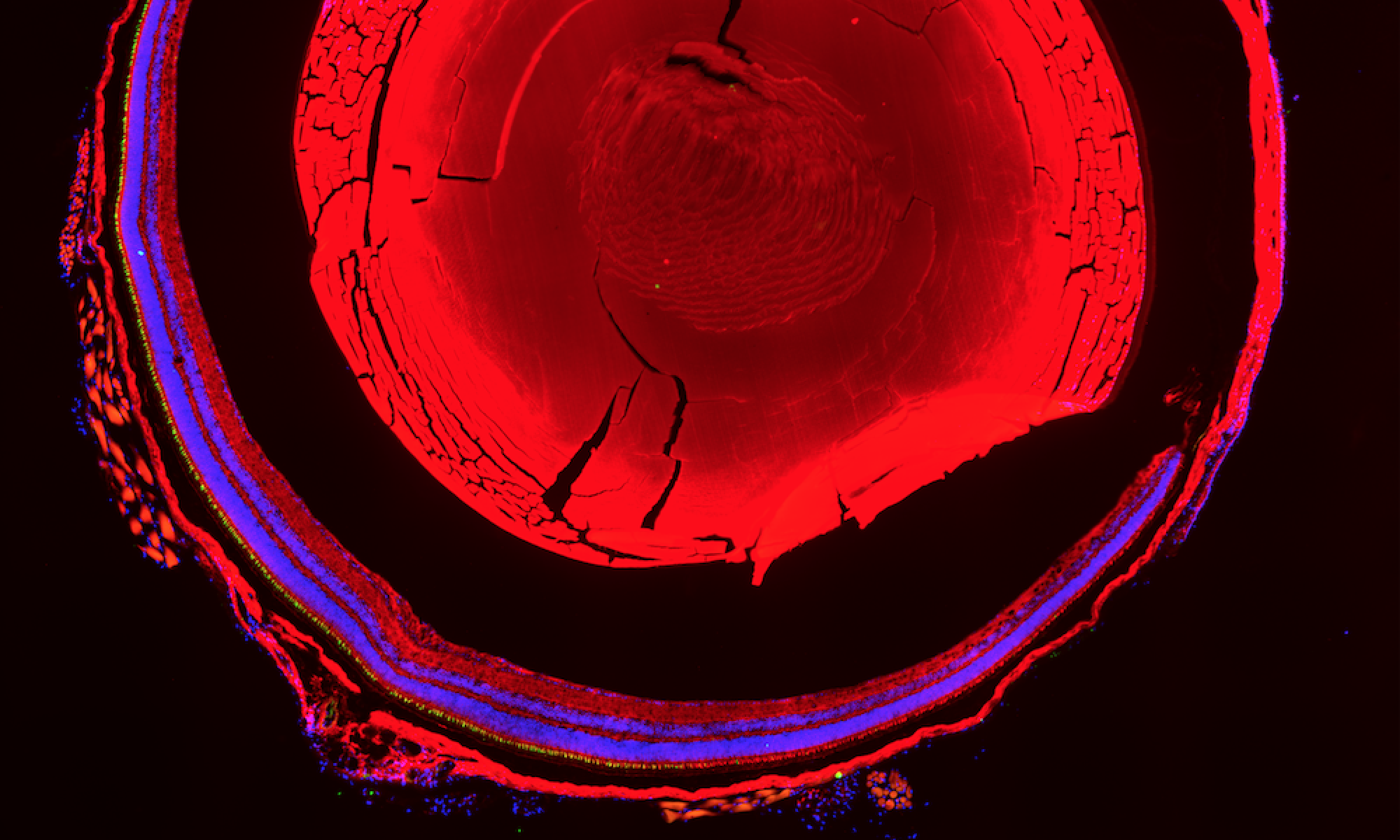The Shiley Eye Institute is proud to announce a new state-of-the-art testing facility that is providing service to patients worldwide. This facility will allow ophthalmologists to confirm diagnoses and help patients understand their risks for certain inherited eye diseases. Shiley is unique in its ability to offer this genetic testing service, which also provides patients with an exceptional genetic counseling program.
Under the leadership of Radha Ayyagari, Ph.D., the new Ophthalmic Molecular Diagnostic Laboratory provides testing of genes causing the diseases listed below.
Retinal Dystrophy Phenotypes
[table id=1 /]
Indications for Molecular Diagnostic Testing:
- Clinical diagnosis for patients with signs and symptoms of disease.
- Pre-symptomatic testing for individuals who do not have the disease but, given family history, are at risk for the disease.
- Carrier testing for individuals who may carry a gene mutation that can be passed on to children.
The Ophthalmic Molecular Diagnostic Laboratory Accepts Referrals From:
- Ophthalmologists, genetic counselors, geneticists and other health care professionals
- Patients with a designated health care provider to receive the report and discuss the results with them.
* We encourage all the physicians to submit parental samples if possible along with patient samples.
